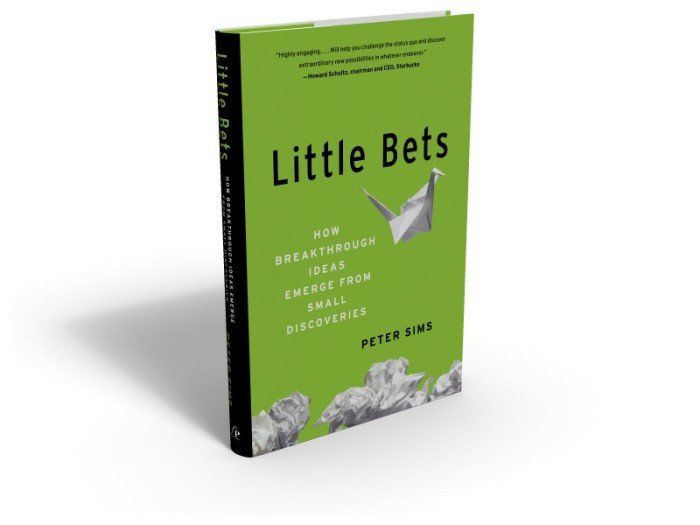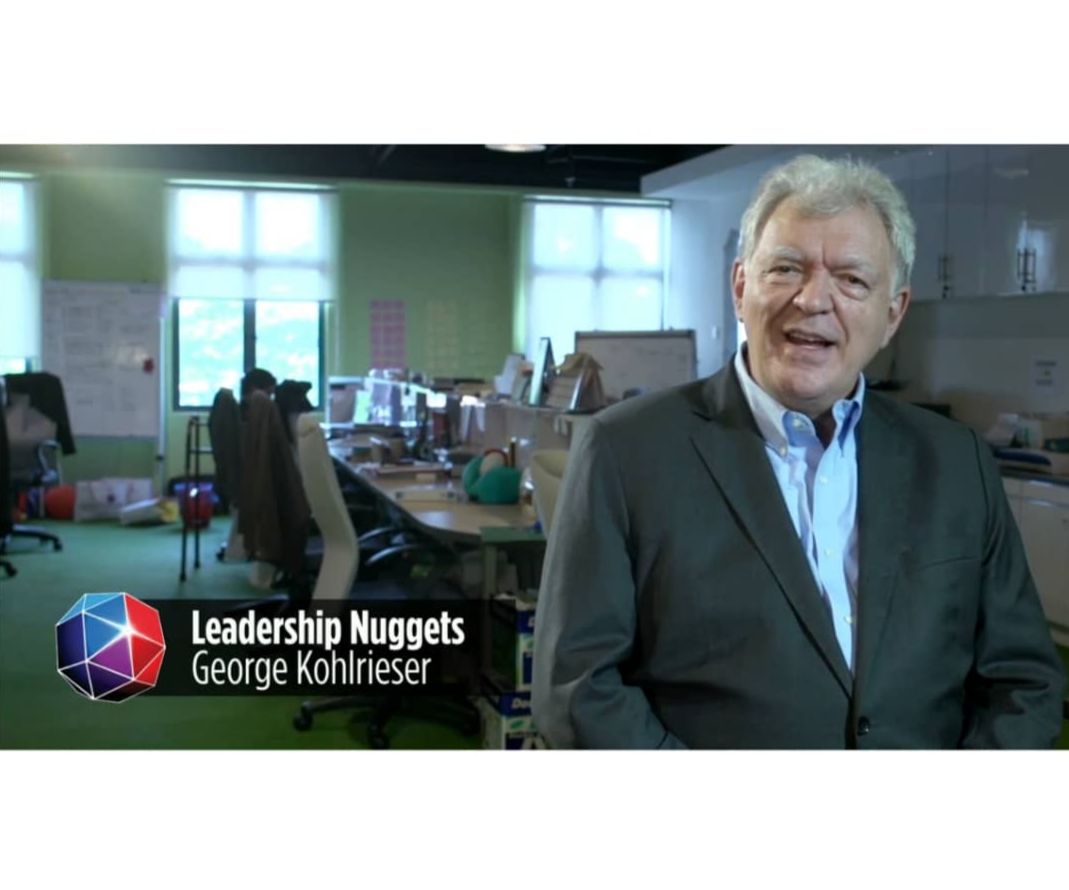Crafting A Model Of Leadership

Apart from the business model, the leadership model of an organisation is the most critical factor in deciding the success of a company.
This is because leaders make decisions about the people, culture, infrastructure, expenditure, strategy and many others.
More importantly, it will affect how decisions are made – especially when dealing with people and culture. So, how does one choose the right leadership model for his or her organisation?
Organisational needs
Just like how a business model fulfills a market need, a leadership model fulfills an organisational need.
In other words, what does the organisation need to move it forward? This is dependent on three things:
i. Type of industry
Certain industries which are fast-paced require a leadership model that enables key leaders to make quick decisions.
In such cases, autocratic models would be better suited as opposed to a consensus-driven model. Sitting down and having multiple meetings to discuss would effectively give the competitive advantage to competitors.
ii. Hierarchy of the organisation
If an organisation has been around for a long time, the chances are that there are layers of red tape and bureaucracy.
The best way to keep employees engaged is through a democratic model where they are involved in decision-making, but the leader still has a final say.
iii. Geography of the organisation
If an organisation is spread across a number of locations around the world, then a laissez-faire model would be a better fit.
This means that leaders provide little input and then delegate the power to managers and employees.
The highly successful Apple Retail stores follow this model where sales specialists and geniuses (yes that’s their job titles) are given the freedom to make the right decision to make the customer feel special.
As such, there is no limit as to how long a sales specialist can talk to a customer, even when the customer decides not to buy anything.
Target market
Secondly, we need to know our target market. Our target market is the people who make up the organisation.
Are they young or old, open-minded or legalistic, new in the company or experienced with the way it functions?
If you are to influence the people in the organisation, the leadership model and the engagement approach must be chosen carefully.
We need to understand the way different generations work, such as Baby Boomers, Gen-X, and Gen-Y.
For older generations, the leadership model needs to be more structured with an emphasis on seniority, experience and seriousness.
For the younger generation it’s all about approachability and openness of a leader. A leader must also be seen as being fun and energetic.
This has nothing to do with the age of a leader. As you can see, leaders such as Sir Richard Branson can easily trump many young leaders with his energy and leadership style.
Self-awareness of leaders
Finally, the most important thing is to understand ourselves as a leader. We need to be aware of behavioural traits, strengths, weaknesses and competencies.
As much as we might want to follow the latest leadership model or the one that our business mentors use, this can lead to detrimental effects. Among other things:
i. People in the organisation will see us as being fake and untrustworthy
This is because the way we portray ourselves in private does not match with the way we portray ourselves in public. People will make the assumption that we are putting on a show.
ii. We will feel uncomfortable and this will affect decision-making
An example is if we are non-confrontational. Using an autocratic model would only force us to make difficult decisions.
More often than not, there is also a higher level of conflict which we would rather avoid based on our character.
Concluding thoughts
At the end of the day, the three most important things in deciding the leadership model for an organisation are its needs, the target market and how self-aware we are as leaders.
While there are lots of models out there, keeping the model aligned to the above would more likely see the leadership model succeed in its objectives.
More often than not, we will arrive at a hybrid model and it may change as we grow as leaders.
Andrew Lau is the head of Leaderonomics Campus. He can be reached at editor@leaderonomics.com.
Leadership
Tags: Foundational Leadership





